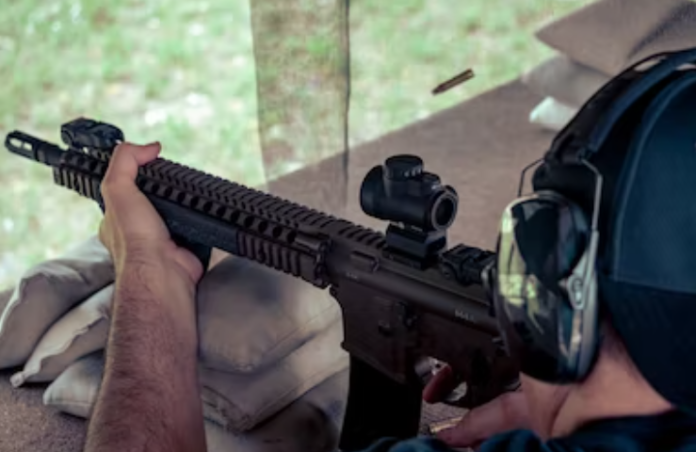Using a scope to sight your crossbow can be a great way to increase the accuracy of your shots. However, when choosing one, you need to consider several factors. For example, you’ll want to consider how the scope fits on your crossbow, how the magnification works, and what the eye relief is.
Variable Magnifications
Unlike rifle scopes, crossbow scopes like Burris crossbow scope Canada come in variable and fixed varieties. Both types can be used for hunting and range finding. However, there are some important differences between the two.
Fixed power scopes are easier to use than variable power scopes. They are more affordable and don’t require a quick magnification change. They can be a good choice for hunters with limited budgets. However, they do have limitations. They only magnify up to a fixed power.
Variable power scopes, also called speed dial scopes, are designed to adjust reticles automatically to match the speed of the crossbow. These scopes are great for hunters who shoot a crossbow with a fast bolt speed. They are also great for hunting in low-light conditions.
Variable power scopes have a ring control near the eyepiece, which can be used to change the magnification. A variable scope can magnify between two and seven times.
Ballistic Calculator
Using a ballistic calculator for crossbows can provide valuable information about how your crossbow performs in the field. It can help you determine the trajectory of your arrows, calculate kinetic energy, and determine the amount of air resistance your crossbow will encounter on the field. It also helps you communicate this information to your customers.
The arrow ballistics calculator can tell you how fast your crossbow can fly, how much air resistance it will encounter, and how long it will take to get to your target. It will also tell you how much kinetic energy you will have on each arrow at a given speed. Finally, it can help you determine how much vertical drop you will experience.
Using a ballistic calculator for crossbows is important, but there are other ways to determine the best trajectory for your arrows. The right sight setting is important too.
Rubber Eye-Guard
Whether you are a newbie or an old pro, there is no reason why you cannot have a pair of polarized glasses for your archery adventures. Having one of these little beauties in hand will keep you from looking like a total idiot. Besides, you’ll be able to get a clear shot at your opponent while wearing these glasses. You’ll also get to take advantage of the full scope of the bow, which is great news for aspiring archers.
4-Inch Eye Relief
Using a scope for crossbows has many advantages. First, they offer the user a quick acquisition of their target, especially when a crossbow is used in close quarters or dark surroundings. The scope also protects the shooter’s eyes from recoil.
Most scopes are designed to give 3.5 to 4 inches of eye relief. This is a good compromise between the size of the lens and the magnification. However, a shorter eye relief can lead to the eye being hit by the recoil when using a high-powered weapon such as a crossbow.
Another advantage of the scope for crossbows is that it is weatherproof. In addition, the glass is sealed and shockproof, and the optics are completely multicoated. These features ensure superb light transmission.
Sighting a Crossbow
Proper sighting in a crossbow scope is essential for accurate and consistent shooting. This is because the arrow’s point of impact needs to be adjusted to ensure that the arrow hits the target at the right elevation. However, this process can be complicated. Fortunately, there are several tips to help make it easier for you to get the most out of your scope.
First, make sure the scope is mounted correctly. Next, please attach it to the rail assembly on your bow. You may need to make some adjustments to the rings, and Allen wrenches.
Next, make sure the elevation adjustment knob is turned clockwise. This will move the arrow’s point of impact by a small amount, approximately one-twentieth of an inch.










